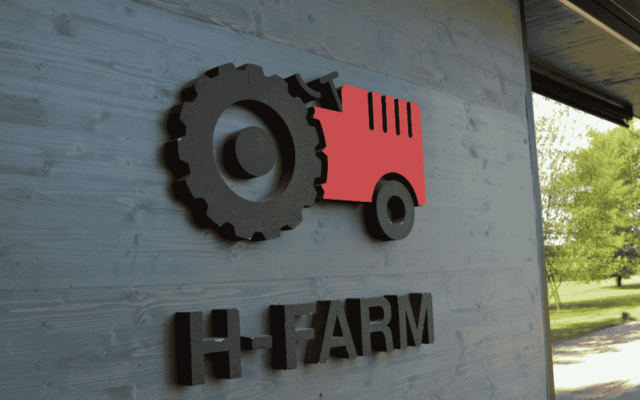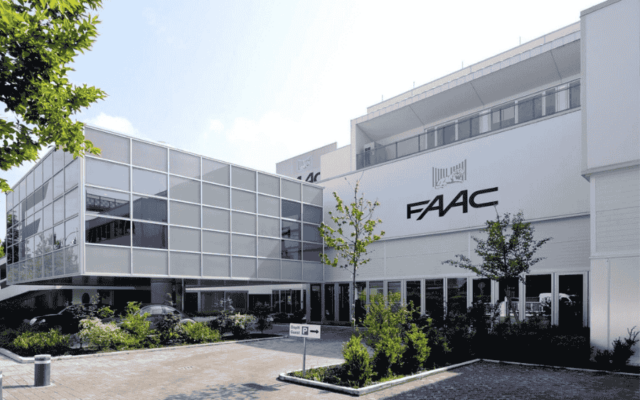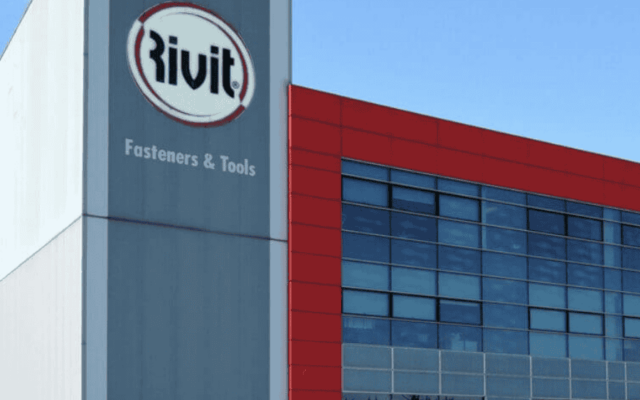Hypo Alpe Adria Bank
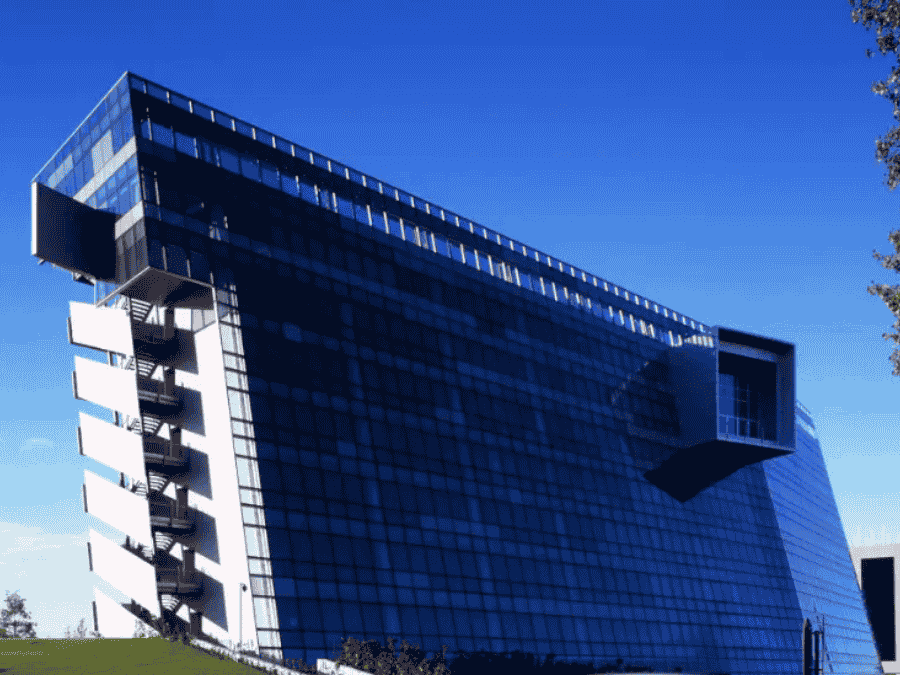
Hypo Alpe Adria Bank razionalizza l’infrastruttura IT con VEM sistemi e taglia i costi IT del 40%
Executive Summary
When talking about scalability, people often think about expanding systems. But being able to scale down—smoothly and quickly—is just as important. That’s exactly what Hypo Alpe Adria Bank achieved with VEM Sistemi, demonstrating agility, resilience, and the ability to scale down efficiently. The result? A 40% reduction in IT costs, made possible by the independence from hardware of its server and desktop systems, virtualized with VMware.
Customer Profile
Hypo Alpe Adria Bank S.p.A. is a credit institution under Italian law, headquartered in Udine. Since November 1, 2014, it has been 99% owned by HBI-Bundesholding AG, an Austrian state-owned holding company under the Ministry of Finance in Vienna.
Case Study Body Copy
The Challenge
In the life of a bank, there are phases when branches increase and IT services need to grow rapidly, and times when it is necessary to divest some assets and rationalise resources for a shrinking operation. After an expansive phase, culminating in 2012 with 26 bank branches in the Triveneto region, today the bank finds itself managing a contraction phase, with the divestment of some branches and the increase of activities in the management of so-called NPLs. In this context, the IT hardware infrastructure, based on IBM servers, was reaching the end of its life cycle and the validity of maintenance contracts.
‘We found ourselves with an oversized infrastructure compared to the bank’s needs, but we could not simply proceed with the decommissioning of the servers,’ explains Marco Cozzi.
In twelve years of service, Cozzi was help desk manager, then systems manager, then IT manager, and finally CTO. For the past seven years, he has been CIO of Hypo Alpe Adria Bank. Under his direction, the first server virtualisation was performed in 2012.
‘We had to build a new architecture that was more agile and lighter, but still performed well. In addition, some system administrators had left their positions in the information systems, so even from the point of view of the day-to-day management of the systems, it was necessary to change and simplify, reducing the number of licences for the applications in use.
‘The maintenance contracts for the servers were due to expire on 31 December 2017,’ recalls Cozzi. ‘For this reason, the management demanded a challenging goal: to migrate the infrastructure by the end of 2017, coinciding with the expiry of the server maintenance contracts, so as to start the new year with a new system up and running.’
The new configuration was designed in March 2016 and the tender opened in September. Cozzi and his team approached VEM Sistemi’s consultants and with them devised an ambitious three-stage plan, with the aim of completing the migration on schedule. The first step involved the decommissioning of obsolete servers, to be replaced with an innovative hyperconverged infrastructure, which was identified in Flexpod, an infrastructure platform integrating storage, networking and servers. The infrastructure, which brings together solutions from technology partners Cisco, VMware, NetApp, Riverbed and Schneider Electric, is one of the flagships of VEM sistemi, which also provides the point of contact for joint support, able to quickly resolve problems on new and previous-generation products.
The next phase involved upgrading software versions and integrating old servers, while the project concluded with the upgrade of the Disaster Recovery systems, which take advantage of the VMware Site Recovery Manager functions.
This was a major project with regard to the replacement of hardware systems, which was made possible thanks to the ability of VMware virtualisation systems to manage hardware changes transparently, both with regard to server systems and desktops, as all the bank’s workstations and branch offices had previously been virtualised with VMware Horizon. With this VDI solution, the bank’s IT team was able to transform static desktops into secure workspaces that could be deployed on demand. In this way, it consolidated the control, distribution and protection of resources for end users with policies that dynamically adapt to the computing environment of different workgroups.
From a system perspective, the entire infrastructure is managed via the VMware vCloud Suite console, which acts as an orchestrator and allows IT to quickly deploy infrastructure and applications without relinquishing control.
While VMware vSphere performs all Operation Management functions, Disaster Recovery activities are handled by VMware Site Recovery Manager, which ensures the availability of systems and applications according to a Software-Defined Data Centre approach.
Benefits
The team consisting of the bank’s systems engineers and specialists from VEM Sistemi performed the migration on time, on 28 December 2017. ‘We completed the migration at the end of the year with the closing of the accounts and without an hour of disruption,’ comments Cozzi. ‘VEM Sistemi’s expertise and the hardware-independence of the VMware software helped us meet very tight deadlines.’
It is not just a question of linear cost cutting. The management of the infrastructure has been greatly simplified. The pervasiveness of VMware virtualisation services, now upgraded to the new versions, has enabled the bank’s IT professionals to remove some of the specialised barriers associated with the previous infrastructure and to extend their skills, thanks to a training programme run by VEM Sistemi. In other words, a smaller team is now able to manage the infrastructure in total autonomy and has enriched their skills considerably, which reflects positively on the motivation with which they dedicate themselves to their work. The installed systems also communicate better with each other, thanks to the orchestration functions provided by VMware vCloud Suite, while the agreements in place between the system vendors allow for unified support requests regardless of the technologies involved. ‘A systems engineer working with VMware can send a support request and receive assistance on the different systems involved, without technological barriers,’ comments Cozzi.
Thanks to the dynamic allocation of resources enabled by VMware Horizon, the migration had minimal impact on end users, and in fact there was an improvement in performance, e.g. in the speed of data query generation or access to management systems. In addition, the centralised disaster recovery system created with VMware Site Recovery Manager protects virtual machines centrally and is easily managed from the vSphere web client. While the automation of many routine tasks enables a significant reduction in the operational costs of infrastructure management.
‘This project with VMware and VEM Sistemi has been very important for the bank,’ concludes Cozzi. ‘We have reduced the number of servers while increasing the performance and reliability of the infrastructure, which is fully redundant, with a cost reduction of 40 per cent.’

ARAG SE ITALIA
featured-business-cases-en
ARAG SE ITALIA
featured-business-cases-en
ARAG SE ITALIA

MUG MAGAZZINI GENERATIVI
featured-business-cases-en
MUG MAGAZZINI GENERATIVI
featured-business-cases-en
MUG MAGAZZINI GENERATIVI

The new workplace of BPER Banca
featured-business-cases-en
The new workplace of BPER Banca
featured-business-cases-en
The new workplace of BPER Banca

DECO INDUSTRIE
featured-business-cases-en
DECO INDUSTRIE
featured-business-cases-en
DECO INDUSTRIE
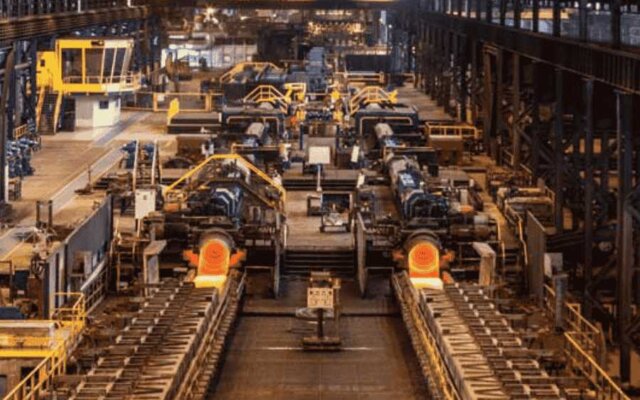
Ferriere Nord – Gruppo Pittini
featured-business-cases-en
Ferriere Nord – Gruppo Pittini
featured-business-cases-en
Ferriere Nord – Gruppo Pittini

Poderi dal Nespoli
featured-business-cases-en
Poderi dal Nespoli
featured-business-cases-en
Poderi dal Nespoli

Massimo Zanetti Beverage
featured-business-cases-en
Massimo Zanetti Beverage
featured-business-cases-en
Massimo Zanetti Beverage

Hypo Alpe Adria Bank
featured-business-cases-en
Hypo Alpe Adria Bank
featured-business-cases-en
Hypo Alpe Adria Bank
info@vem.com
Via Don Sebastiano Calderoni, 12
Località San Giorgio
47122 Forlì (FC)
T +39 0543 725005
F +39 0543 725277 Vimercate
Palazzo Acero, via Torri Bianche, 8
20871 Vimercate (MB)
T +39 039 9253222
F +39 039 9253223 Modena
Via G. Perlasca, 25
41126 Modena (MO)
T +39 059 7863711
F +39 059 785699 Padova
Via San Marco, 11
Palazzo Torre
Ingresso Piazza Aldo Moro 10
35129 Padova (PD)
T +39 049 7423400
Senigallia
Via D. Corvi, 8
60019 Senigallia (AN)
T +39 071 660263
F +39 071 660264 Roma
Viale Citta d’Europa, 679 00144 Roma (RM)
T +39 0652204031
F +39 0543 725277



Quality Control

Vem Sistemi's information safety management system is UNI CEI EN ISO/IEC 27001:2017

VEM Sistemi's quality management system is UNI EN ISO 9001:2015
Via Don S. Calderoni 12, Forlì (FC), Italia - Tel. +39 0543 725005 - Capitale sociale € 500.000 i.v. - Iscr. Reg. Imp, C.F. e P. IVA 01803850401 - R.E.A. FC 217998







